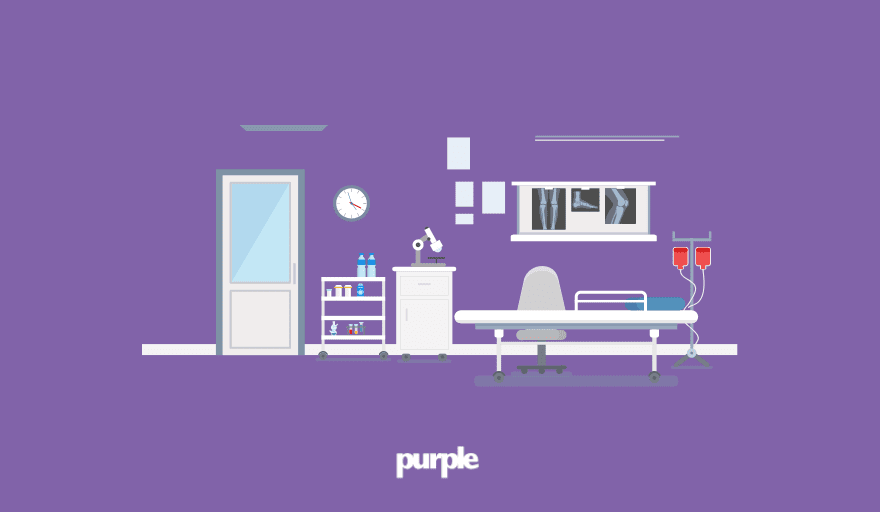Even with the money from the US government $175bn bailout, many hospitals are facing critical cash flow issues, because they have had to cancel, or people have avoided the elective procedures that hospitals rely on for financial stability.
Patients put off by visiting the hospital for anything other than COVID-19 related caused consumer spending in healthcare to decline by 18% in the first quarter of 2020.
In states where infection rates are much lower than others, hospitals are left with idle clinics, empty operation rooms and patients are scarce.
The US spends significantly more on healthcare than any other country, £3.6tn per year, and with the costs for PPE, ventilators, and new wards mounting up, hospitals may struggle unless patient safety and experience are improved.
Many hospitals across the country run this risk of running out of cash due to a lack of elective non-COVID treatments.
The link between patient experience and clinical quality
“We have found that these performance “outcomes” are correlated” – Thomas H. Lee MD states in his report when analyzing patient experience, patient safety, and business performance.
The report highlights that organizations with better patient experience also have better safety records and report better financial margins.
The financial margins for the hospitals in the top quartile of patients’ likelihood to recommend were 4.8 percentage points higher than those in the bottom quartile
The analysis continues to suggest that performance across patient experience measures is closely associated with care safety and quality.
In today’s consumer-driven health care industry, patient experience performance also contributes to an organization’s competitive positioning.
For this reason, health care systems have begun partnering with software companies to improve the patient experience in innovative ways, such as data analytics, wayfinding, and appointment reminder automation tools.
Improving the healthcare experience
Safety and quality of care are not the only drivers of increased revenue through improving the patient experience. Others include facility cleanliness, the ability to effectively and clearly communicate the latest information.
Patient experience data can allow hospitals to gain insight on a more micro level. For example, the ability to segment feedback and data by age, specific ward safety, and cleanliness allow organizations to target problem areas based on servility.
Staff and the organization benefit from analytics and wayfinding technologies as they aid with productivity. For example, Sarasota Memorial Hospital installed a mobile wayfinding application across its 1.8 million-square-foot campus.
Within 12 months the hospital saw an 80% decrease in wayfinding related questions, greatly improving patient punctually and staff productivity.
As indicated by the previous graph, performance across patient experience measures is closely associated with care safety and quality, It also influences financial performance.
Health systems with higher overall patient experience performance on the HCAHPS Likelihood to Recommend and Overall rating domains have higher net margins.
Source – Press Ganey Special Report
Understanding and improving how patients experience their care is a key component to successfully delivering high-quality services that are based on their needs.
It is possible to achieve a real difference for patients, often using relatively low-cost initiatives, that increase their overall quality of care, and with the future of hospitals looking uncertain for some, patient experience is going play a key role in their survival.
Interested in how your healthcare business can improve patient safety and increase elective treatments?
